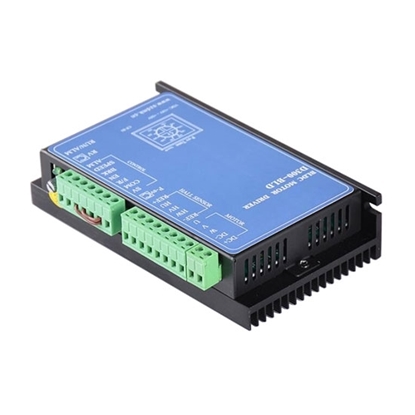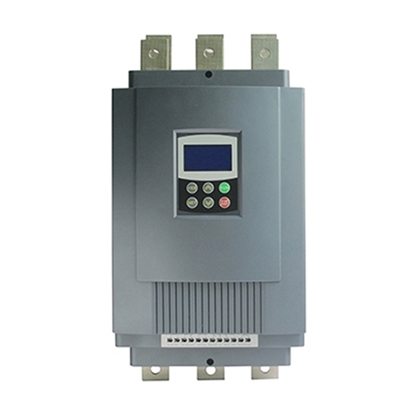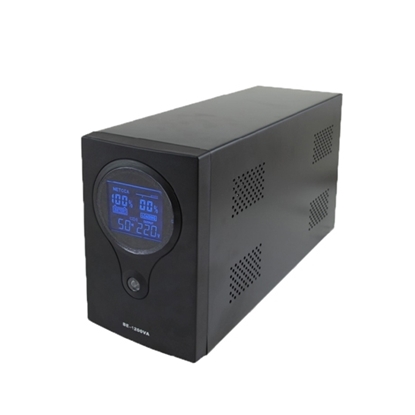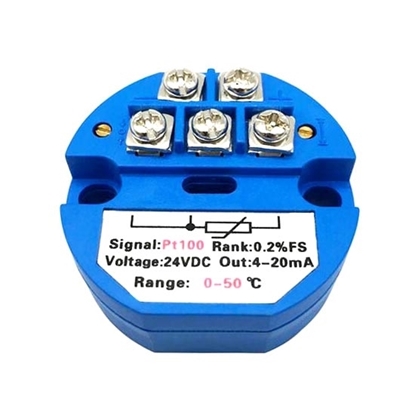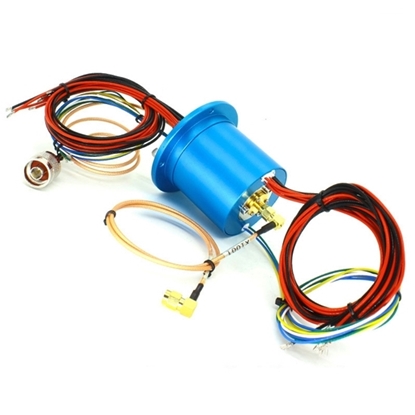Search
CCHN Industry
CCHN is a trusted U.S. registered company in industrial automation & controls, CCHN's goal is helping saving your money by bypassing all kinds of local dealers/agents in buying industrial automation products from Chinese manufacturers directly. You will be enjoyed to get free tech support on how to choose, how to wire, how to commissioning with CCHN professional engineers. Shopping for your automation systems on CCHN one-stop online store now. The price on the website only for sample reference. for Mass order,please send the enquiry to us.
Motor
Motor Controls
Brushless DC Motor Controller for Electric Vehicle
$395.52
SKU: CHN-BLDC-TH-G
Brushless DC Motor Controller for Electric Vehicle
Brushless DC Motor Controller, 18V ~ 52V
$233.52
SKU: CHN-BLDC-C750
Brushless DC Motor Controller, 18V ~ 52V
Brushless DC Motor Controller, 12V ~ 30V
$159.99
SKU: CHN-BLDC-C120A
Brushless DC Motor Controller, 12V ~ 30V
Brushless DC Motor Controller, 12V ~ 56V
$196.98
SKU: CHN-BLDC-C300B
Brushless DC Motor Controller, 12V ~ 56V
Brushless DC Motor Controller, 12V ~ 60V
$438.06
SKU: CHN-BLDC-C100
Brushless DC Motor Controller, 12V ~ 60V
300 hp (220 kW) Soft starter, 440 A, 3ph 240v/415v/480v
$1579.36
SKU: GS-220
300 hp (220 kW) Soft starter, 440 A, 3ph 240v/415v/480v
250 hp (185 kW) Soft starter, 370 A, 3ph 220v/380v/480v
$1459.72
SKU: GS-185
250 hp (185 kW) Soft starter, 370 A, 3ph 220v/380v/480v
Power Supplies
10kVA 120V/220V UPS Backup Uninterruptible Power Supply
$3565.87
SKU: CHN-UPS-10K
10kVA 120V/220V UPS Backup Uninterruptible Power Supply
6000VA 120V/220V UPS Backup Uninterruptible Power Supply
$2077.69
SKU: CHN-UPS-6K
6000VA 120V/220V UPS Backup Uninterruptible Power Supply
5000VA 120V/220V UPS Backup Uninterruptible Power Supply
$1820.55
SKU: CHN-UPS-5K
5000VA 120V/220V UPS Backup Uninterruptible Power Supply
4000VA 120V/220V UPS Backup Uninterruptible Power Supply
$1297.62
SKU: CHN-UPS-4K
4000VA 120V/220V UPS Backup Uninterruptible Power Supply
Passive Components
EZC250 Molded Case Circuit Breaker 3Pole 100-250A
$75.30USD
SKU: EZC250H3250
EZC250 Molded Case Circuit Breaker 3Pole 100-250A
EZC100 Molded Case Circuit Breaker 2Pole 15-100A
$28.90USD
SKU: EZC100N2100
EZC100 Molded Case Circuit Breaker 2Pole 15-100A
Sensors
1500mm Non Contact Linear Displacement Sensor
$1079.81
SKU: CHN-MSR-B1500
1500mm Non Contact Linear Displacement Sensor
Temperature Transmitter, PT100/E/K/S/B/T/J/N/R Type
$54.19
SKU: CHN-TEMPT-SBW
Temperature Transmitter, PT100/E/K/S/B/T/J/N/R Type
Smart Temperature Transmitter, RTD/Thermocouple/Resistance/Voltage
$60.39
SKU: CHN-TEMPT-ST500
Smart Temperature Transmitter, RTD/Thermocouple/Resistance/Voltage
Load Cell Junction Box for Scales, 2/3/4/6/8/10 Inlets to 1 Outlet
$66.67
SKU: CHN-LCBOX-10I
Load Cell Junction Box for Scales, 2/3/4/6/8/10 Inlets to 1 Outlet
Test & Measurement
Portable Explosion-Proof Hydrogen (H2) Gas Detector
$863.99
SKU: CHN-GAS-H2-EP
Portable Explosion-Proof Hydrogen (H2) Gas Detector
Portable Explosion-Proof Hydrogen Sulfide (H2S) Gas Detector
$561.49
SKU: CHN-GAS-H2S-EP
Portable Explosion-Proof Hydrogen Sulfide (H2S) Gas Detector
Explosion-Proof Multi Gas Detector, 5-Gas, CO, H2S, O2, LEL, VOC
$2853.49
SKU: CHN-GAS-EP05
Explosion-Proof Multi Gas Detector, 5-Gas, CO, H2S, O2, LEL, VOC
Explosion-Proof Multi Gas Detector, 4-Gas, CO, H2S, O2, LEL
$767.79
SKU: CHN-GAS-EP04
Explosion-Proof Multi Gas Detector, 4-Gas, CO, H2S, O2, LEL
Transmission & Actuator
High Speed Electrical Slip Ring, Through Bore, 5000rpm
$635.59
SKU: CHN-HSSR-G012
High Speed Electrical Slip Ring, Through Bore, 5000rpm
High Frequency Coaxial Slip Ring, 1~2 Channel
$111.79
SKU: CHN-HFSR-HF0103
High Frequency Coaxial Slip Ring, 1~2 Channel
Electrical Fiber Optic Slip Ring, 1 Channel
$1095.89
SKU: CHN-FOSR-FO100
Electrical Fiber Optic Slip Ring, 1 Channel
Pumps
1 HP 10 CFM/12 CFM 2 Stage Rotary Vane Vacuum Pump
$730.96
SKU: CHN-VP-2RS4
1 HP 10 CFM/12 CFM 2 Stage Rotary Vane Vacuum Pump
3/4 HP 6 CFM/7 CFM 2 Stage Rotary Vane Vacuum Pump
$596.15
SKU: CHN-VP-2RS3
3/4 HP 6 CFM/7 CFM 2 Stage Rotary Vane Vacuum Pump
1/2 HP 4.5 CFM/5 CFM 2 Stage Rotary Vane Vacuum Pump
$499.23
SKU: CHN-VP-2RS2
1/2 HP 4.5 CFM/5 CFM 2 Stage Rotary Vane Vacuum Pump
1/3 HP 2.5 CFM/3 CFM 2 Stage Rotary Vane Vacuum Pump
$388.46
SKU: CHN-VP-2RS1
1/3 HP 2.5 CFM/3 CFM 2 Stage Rotary Vane Vacuum Pump
Blog
...
...
How to Maintenance Phase Converter? 2022-04-26
...
What is a Foam Cutter? 2022-04-26
Foam cutting is a device for processing materials in the chemical industry such as foam and sponges. It mainly uses the high
...




